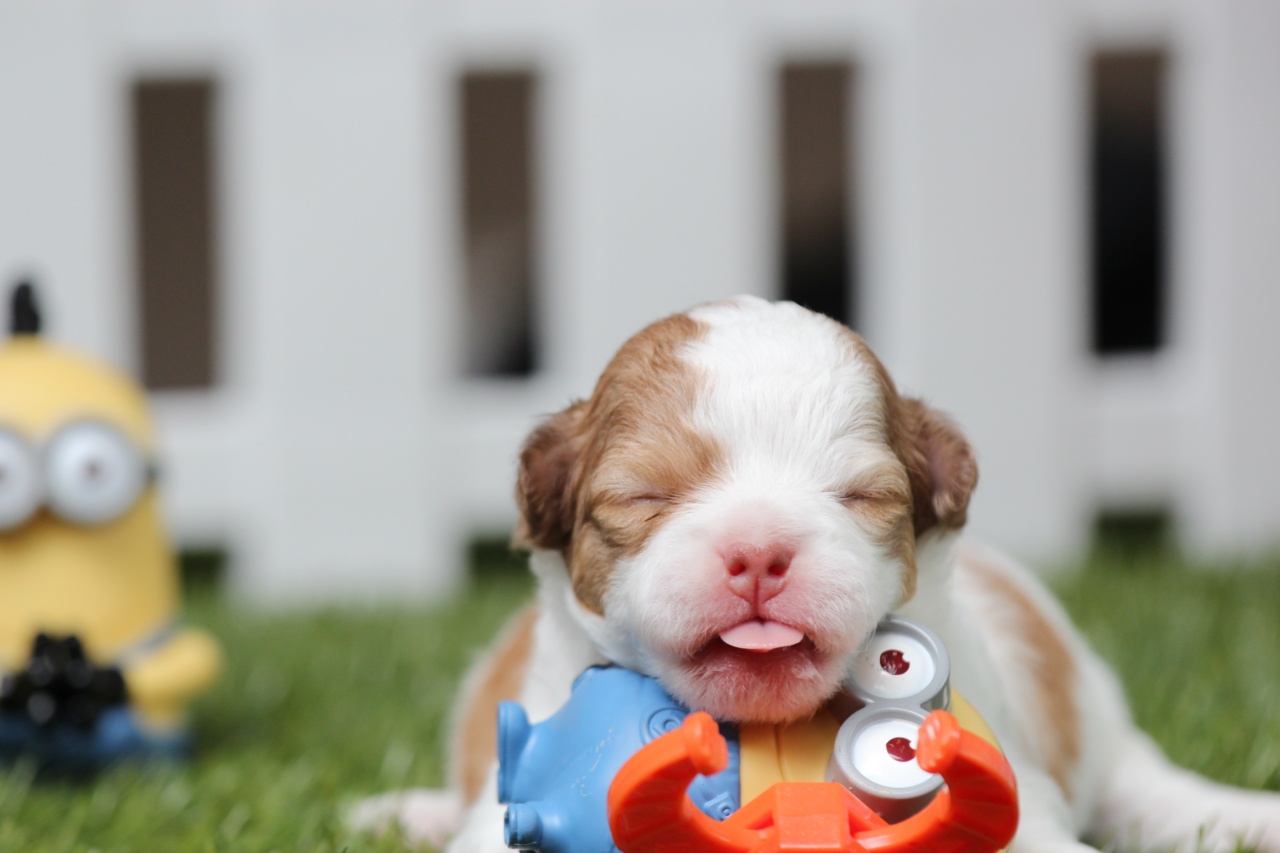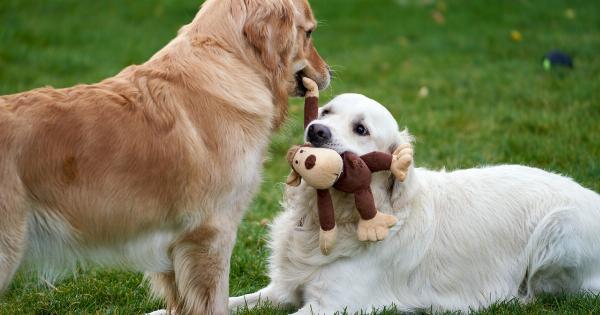Dogs are beloved members of our families, providing companionship and unconditional love. Understanding their behavior is crucial for maintaining a healthy and happy relationship with them.
One aspect of dog behavior that often puzzles owners is their response to toys. It is fascinating to observe how our four-legged friends interact with various playthings, and by understanding their behavior, we can choose the right toys, enhance their overall well-being, and strengthen the bond we share with them.
The Importance of Play
Play is an essential part of a dog’s life, providing mental stimulation, physical exercise, and an outlet for their natural instincts.
Toys play a crucial role in facilitating playtime and can contribute significantly to a dog’s overall well-being. By interacting with toys, dogs can fulfill their primal need to chew, chase, and solve problems. Moreover, playtime offers an opportunity for dogs to burn off excess energy, preventing destructive behaviors often caused by boredom or anxiety.
Understanding Different Types of Dog Toys
When it comes to choosing toys for your dog, it is important to consider their preferences, size, age, and breed. There is a wide variety of dog toys available in the market, each catering to different needs and natural instincts.
Here are a few categories of toys and their benefits:.
1. Chew Toys
Chew toys are specifically designed for dogs to gnaw on, allowing them to satisfy their natural urge to chew while promoting healthy dental hygiene.
These toys are typically made of durable materials such as rubber or nylon, which can withstand the force of a dog’s jaws. Chewing on these toys not only helps keep your dog’s teeth clean but also provides mental stimulation and relieves anxiety.
2. Interactive Toys
Interactive toys are designed to engage a dog’s problem-solving skills and keep them mentally stimulated. These toys often involve a puzzle or treat-dispensing mechanism that requires the dog to use their intelligence to retrieve the reward.
Interactive toys are great for keeping dogs entertained in a constructive manner, especially when they are left alone for extended periods.
3. Plush Toys
Plush toys, often in the form of stuffed animals, are soft, cuddly, and perfect for dogs that enjoy something to snuggle with. These toys provide comfort and companionship, particularly for puppies or dogs that suffer from separation anxiety.
However, it is important to monitor your dog while playing with plush toys, as some dogs might have a strong chewing instinct and can easily tear them apart.
4. Fetch Toys
Fetch toys are specially designed for interactive play between a dog and their owner. These toys are typically made of rubber or tennis ball material, allowing for easy throwing and retrieval.
Playing fetch with your dog helps improve their coordination, provides physical exercise, and strengthens your bond as you engage in shared enjoyment.
Dog Behavior and Toy Interaction
A dog’s behavior towards toys can vary greatly depending on their individual personality, past experiences, and breed characteristics. Here are a few common behaviors you might observe:.
1. Chewing
Dogs have an innate need to chew, especially during their teething phase. Chewing serves various purposes, including relieving discomfort, strengthening their jaws, and cleaning their teeth.
If you notice your dog excessively chewing on toys, it is likely a sign that they need appropriate chew toys to redirect their energy.
2. Shaking and Tugging
Dogs often exhibit shaking and tugging behaviors with toys, simulating their instinct to hunt and kill prey. This behavior is more commonly observed in breeds that were originally bred for hunting, such as terriers or retrievers.
Playing tug-of-war with your dog using appropriate toys can be a great outlet for this natural behavior, as long as it is done in a controlled and safe manner.
3. Burying and Hiding
Some dogs have a natural instinct to bury or hide their toys. This behavior stems from their ancestors’ survival instinct to hide food or possessions for later consumption.
If your dog exhibits this behavior, provide them with soft toys they can “bury” or toys they can easily retrieve.
4. Preference for Certain Textures
Dogs have different preferences for toy textures. Some may prefer soft and plush toys, while others enjoy toys with different textures or materials.
Experiment with different toys to understand your dog’s preferences and provide them with a variety of options.
Choosing the Right Toys for Your Dog
When selecting toys for your dog, there are a few important factors to consider:.
1. Safety
Ensure that the toys you choose are safe for your dog. Avoid toys with small parts that can be easily swallowed or pose a choking hazard.
Additionally, choose toys that can withstand your dog’s chewing strength to avoid breakage and ingestion of dangerous materials.
2. Size
Choose toys that are appropriate for your dog’s size. Small toys can be a choking hazard for larger dogs, while larger toys might be too strong for smaller breeds. Size-appropriate toys ensure that your dog can comfortably play without any risks.
3. Durability
Consider the durability of the toys, especially if your dog is an aggressive chewer. Opt for toys made of sturdy materials that can withstand rigorous play.
Regularly inspect the toys for any signs of damage and replace them if necessary to ensure your dog’s safety.
4. Playstyle
Observing your dog’s playstyle can help you choose toys that best suit their preferences.
Do they enjoy chasing and retrieving? Are they more interested in chewing or solving puzzles? Understanding their playstyle can lead to more engaging playtimes and greater satisfaction for your dog.
Enhancing the Play Experience
While toys play a significant role in a dog’s playtime, there are a few ways to further enhance the experience:.
1. Rotate Toys
Regularly rotate your dog’s toys to maintain their interest and prevent boredom. Introducing new toys periodically can stimulate their curiosity and prevent them from getting tired of the same toys.
2. Toy Variety
Offer your dog a variety of toys that cater to different play styles and preferences. This ensures a well-rounded play experience and allows them to engage in a diverse range of activities.
3. Interactive Play
Engage in interactive play with your dog regularly. Use toys that allow for shared enjoyment, such as fetch toys or interactive puzzles.
This strengthens the bond between you and your dog and provides an opportunity for valuable training and socialization.
Conclusion
Understanding dog behavior with toys is a key aspect of responsible dog ownership.
By selecting appropriate toys, observing your dog’s behavior, and engaging in interactive play, you can provide them with a stimulating and enjoyable playtime experience. Not only does this contribute to their mental and physical well-being, but it also strengthens the bond you share with your beloved canine companion.





























